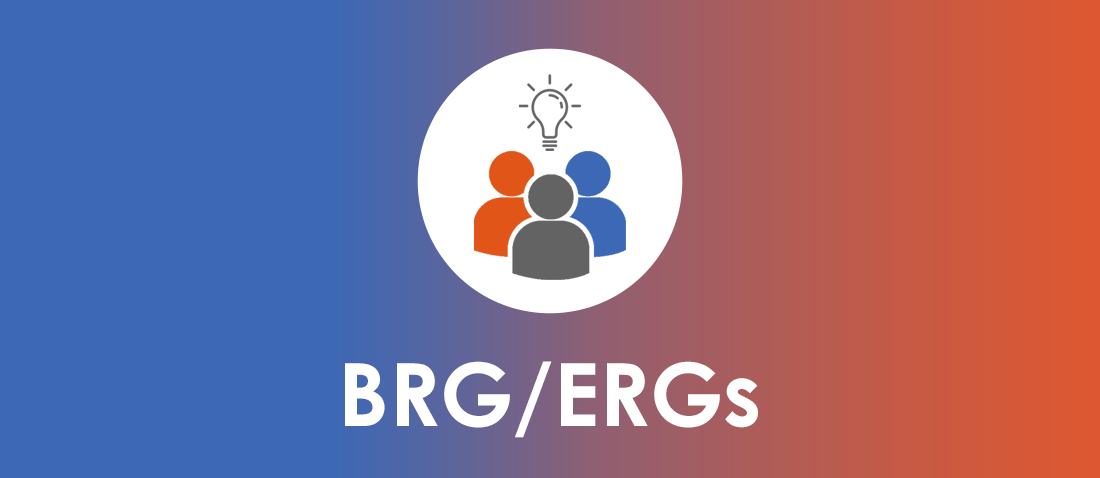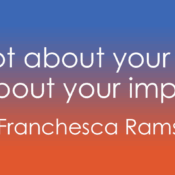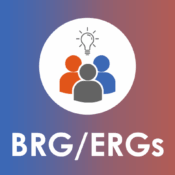
From Advocacy to Action: How B/ERGs Can Champion Inclusion and Accessibility
Each October, we see the usual influx of posts celebrating inclusion and accessibility for Disability Employment Awareness Month. But as the CEO of 2axend—and as a Deaf professional myself—I believe awareness months are only meaningful if they inspire year-round structural change.
Real progress doesn’t just celebrate inclusion; it structures change. One of the most powerful, yet often underutilized, engines for this transformation are Business/Employee Resource Groups (B/ERGs).
Too often, B/ERGs are viewed as merely internal networking circles for community building. But the best organizations know a strong disability-centered B/ERG does more than connect people—it transforms culture.
From Networking to Strategy
The highest-ranking companies on Forbes’ 2024 list of America’s Best Employers for Diversity treat B/ERGs as strategic partners, not side projects.
Looking ahead, B/ERGs are evolving into strategic corporate partners by influencing policy and leadership pipelines. This shift matters for employees with disabilities, including those who are Deaf, DeafBlind, and hard of hearing.
At their best, Disability B/ERGs create pathways for advocacy that move from conversation to implementation, identifying systemic gaps—such as inaccessible onboarding, ineffective accommodation request processes, or leadership programs that exclude disabled professionals.
For example, a global multinational corporation recently partnered with us at 2axend to facilitate strategic accessibility audits. This work included partnering with the organization’s Deaf and hard of hearing-specific ERG and other stakeholders to identify systemic inequities that are symptomatic of the “hidden” costs Deaf employees shoulder just to participate in the workplace—what we call the Deaf, DeafBlind, and Hard of Hearing Tax (#TheDDBHHTax).
Ultimately, this work didn’t just benefit the organization’s Deaf and hard of hearing employees; it revamped their talent lifecycle, resulting in reduced turnover, improved morale, and fostered innovation across all teams.
The Pitfall of Over-Reliance: The Need for Diverse Leadership
Of course, not all B/ERG initiatives are equally impactful. Some, unfortunately, fall into the trap of performative inclusion—a vicious cycle that stems from a structural misalignment of responsibility versus power.
When companies rely too heavily on B/ERGs to be the primary solution for inclusion, they effectively delegate the hard work of systemic reform without providing the necessary budget, authority, or accountability. This burden, placed on often volunteer-led groups who must also manage their primary jobs, leads directly to advocate fatigue and burnout among marginalized employees. This inevitably stalls momentum and hinders retention efforts.
Without the authority for deep change, these groups may default to surface-level activities like events and panels, providing the appearance of action without addressing underlying exclusionary systems.
Real progress requires that accountability belongs to every leader, not just advocates, and depends on having diverse leadership, including individuals with disabilities in the C-suite, to ensure inclusion and accessibility are intentional, structural mandates.
Looking Beyond Voluntary Inclusion: The Quota Model
While the U.S. model relies heavily on voluntary corporate efforts, many countries take a more structured approach. Countries like Germany, France, and Spain utilize quotas, legally mandating that companies above a certain size must reserve a percentage of jobs for people with disabilities. This global context demonstrates that high-level policy mechanisms are available to close the disability employment gap.
In non-quota countries like the United States, however, the impetus for hiring and retaining individuals with disabilities rests almost entirely on corporate will and anti-discrimination laws (like the ADA). Here, B/ERGs aren't just essential—they are the primary engine of cultural change. They are vital for creating the inclusive environment that ensures professionals with disabilities, once hired, stay, thrive, and advance.
Furthermore, companies can significantly improve their internal data and strategy by optimizing B/ERGs to create a foundation of psychological safety and drive effective self-disclosure/self-ID campaigns. Leveraging these groups helps transform internal culture and ensures companies have the accurate data needed for targeted investment (more on this crucial topic next week).
But they can only fulfill this role if they are properly positioned for success—meaning they must be fully funded, strategically supported by executive sponsors, and integrated into core business objectives. Without this intentional support, organizations will fail to attract and retain disabled talent, eroding their credibility and squandering their investment. Ultimately, compliance and ethical inclusion are impossible without a robust, culturally supported B/ERG framework.
Beyond October: Year-Round Commitment
Disability Employment Awareness Month provides a moment to reflect — but it should also be a call to act. The best way to celebrate inclusion is by integrating it into everyday business operations. Accessibility should not be viewed as a compliance box or a temporary campaign. It should be treated as a strategic advantage — one that builds brand loyalty, improves retention, and drives innovation. B/ERGs have the unique ability to keep organizations accountable all year long. They can track progress, influence policy, and lead the charge on equitable access that supports everyone — not just during awareness months, but every single day.
At 2axend, we help organizations take their B/ERGs from advocacy to action. We equip teams with the tools they need to build accessible, sustainable systems that promote inclusion. Whether you’re an interpreter, HR leader, or B/ERG sponsor, our goal is the same: to help you eliminate the barriers that keep Deaf and hard of hearing professionals from reaching their full potential — and, in turn, unlock your organization’s full capacity for accessibility and inclusion on a year-round basis. Because at the end of the day, accessibility and inclusion aren’t a campaign—they’re a business and ethical necessity.



